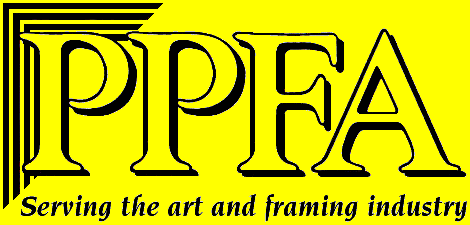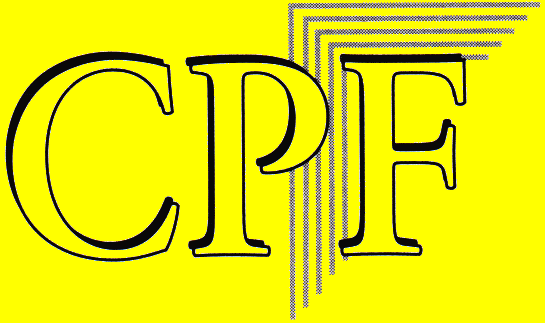

Company Description
Amen
Art Discounts
Value Every Day on Custom Conservation
Picture Framing, Amen
Clip/Art CD's, Prints, and Comissioned Business
Logos/Graphic Illustrations.

News Letter
VOL. 1 page 1
Consumer Tips
What You Should Know About Picture Framing!
Don’ts & Do’s
When it comes to framing your valuable works of art, photographs, prints or personal memorabilia everyone would like to think that the picture framer they chose is professionally trained and qualified, but the truth of the matter is, that this is just not always the case.
And even though the Professional Picture Framing Assoc. is working hard to standardize the industry for quality, value and service, it is an up hill struggle to educate the public as well as the professional. Picture framing has a long history dating back thousands of years. Changes even if they are for the better come slow and for some not at all. There are many factors that contribute to the resistance to change.
Tradition
It’s always been done this way!
Education
The resistance to something new!
Training
The lack of professional skills!
Cost
Increase costs prevents its ad0ption!
To name just a few reasons why some resist the advances in new and innovative techniques and materials that will conserve and preserve the client’s Artwork.
Here are a few things to look for when selecting your-…
Picture Framer.
PPFA Membership
Conservation & Preservation
Techniques
Certification
Art Education
A willingness to educate the Client!
Cost of Estimates Wavered
On All Approved Orders
Hanging Services
Free Information
A 100% satisfaction guaranty or your money back!
Detailed Design Options
A willingness to come to you home or office!
Great Value
And the highest quality materials!
E-mailto:amenart@Yahoo.com
©2002 Amen Art Artist Craig S. Vosler BFA/CPF 4725 Bunker Hill La. Va. Beach, Va. 23462 Pager 308-2416

Don & Lisa Rye
MATERIALS
Vol. 1 PAGE 2
What Materials You Should Ask For!
Frames
Picture frames should be chosen for their density (so as to resist bending, warping, and marring), in proportion to the size of the framed artwork. The profile should reflect the period and style of the artwork. The finishing Work develops a contrasted appearance by choosing the more contrasting colors found with in the Artwork and frame. Use this range of tones and shades for all matting and decoration.
Joining the corners of wood frames are done in many ways using stables, brads, plastic and metal inserts along with a variety of wood glues. Although, great and painstaking efforts are made in this regard, with time, humidity and handling the corners of most frames begin to separate. Only the inserted foreign joining elements keep the frame from falling completely apart.
One simple solution has been developed by the picture framing industry, that if applied properly, welds the joint securely forming a flexible super strong corner, that well resist the most abusive environments. Although it takes ten to fifteen minutes longer before the joined corner can be handled and a full twenty-four hours to cure, once applied the craftsman and client can rest assure the framing joints will not separate. This relatively new substance goes by the name Corner Weld or Miter weld and is a pure archival polyvinyl acetate glue, that is best applied under pressure using a corner or miter vise.
Metal frames come in a wide variety of quality and styles. Anodized Nielsen and Designer aluminum profiles offer the highest quality for thickness and scratch resistance. These electrically coated finishes cost a little more than many generic brands, that are painted and can mare, dent, and warp easily, but they far out weigh the cost saving incentives the less expensive metal frames try to offer.
E-mailto:amenart@Yahoo.com
Matting & Mounting
Mat boards have come a long way from their early days, when these colored surface wood pulp; cardboards had nearly no conservative quality benefits what so ever. In most instances do to the degenerative property of card board itself caused by oxidization, environment pollutants, humidity and exposure to direct florescent lights, as well as sun light, a variety of acids transfer to the artwork where ever the artwork comes in contact with the mat board.
Today you can still purchase these same materials, that are now treated with chemicals to try to neutralize their acidic properties. But with time and depending on the severity of the environment, these chemicals will react with humidity, gases and pollutants causing the cardboard to resort to their degenerative properties. So, by adding these chemical residues to the cardboard, the same if not worse results occur. It just takes a little longer!
To avoid this problem completely one must store their artwork in a cool, dry, dark, and vacuum sealed environment. Although not very conducive or convenient for viewing, what can be done? Lamination is effective! But not recommended for original works of art. The best that can be done is to be sure to request 100% archival or cellulose fiberboard, for matting and backing and preferably the new Art Care boards by Bainbridge, that are designed to trap environmental pollutants and prevent them from reaching the framed artwork. Also, request only museum mounting techniques, so that the artwork could be removed later if a problem should arise.
Glazing
Finally it is recommended that an Ultra-Violet resistant glazing, (Glass or Acrylic) be used to protect the mats and Artwork from fading and to help retard the aging process.
http://amenart.Truepath.com/Amen.htm
©2005 Amen Art Artist Craig S. Vosler BFA/CPF 4725 BunkerHill La. Va. Beach,Va.23462